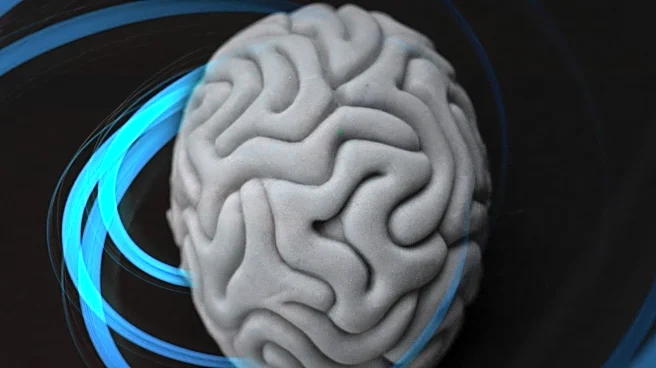What's Happening?
A new computer model called CogLinks, developed by researchers at Tufts University and MIT, simulates how brain circuits make decisions and adapt to changing rules. The model incorporates biological realism,
mirroring real brain cell connections and coding for value assignment in decision-making processes. CogLinks allows researchers to explore how brain circuits coordinate flexible thinking and what happens when key decision-making pathways go off course. The study, published in Nature Communications, found that weakening connections between the prefrontal cortex and mediodorsal thalamus led to slower, habit-driven learning, suggesting the importance of these pathways for adaptability.
Why It's Important?
CogLinks provides a valuable tool for understanding the neural basis of decision-making and its implications for mental health. By simulating brain circuits, researchers can identify how changes in connectivity may contribute to psychiatric disorders such as schizophrenia and obsessive-compulsive disorder. The model's insights could inform the development of targeted treatments, offering a new approach to algorithmic psychiatry. By bridging the gap between genetics and cognitive symptoms, CogLinks may help identify biological markers for precise interventions, potentially improving outcomes for individuals with mental health conditions.











